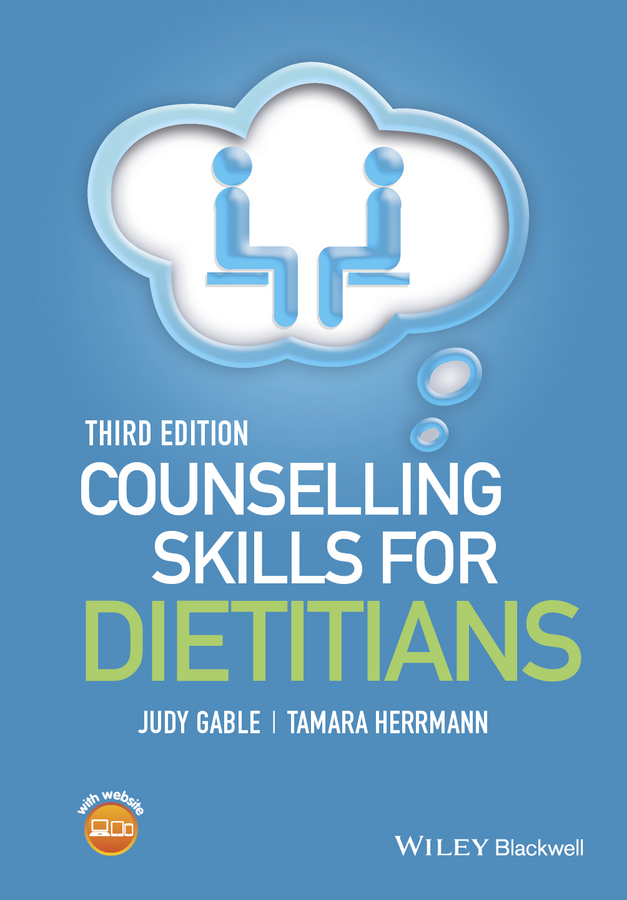- Home
- Videos
- Case studies
- Resources for trainers
- Flashcards
- Reflective questions
- Applied questions
- Further reading
- Useful contacts
- Your feedback
- Become a reviewer
- Student apps
- Join an e-mail list


These materials are designed to be used in conjunction with the book and are intended to encourage and consolidate learning. Trainers will also find the Video and Case Studies useful material to include in a training programme.
1 First impressions (Chapter 5)
Take time to look at a portrait of someone unknown to you (e.g. in a gallery or magazine). Note your impression, paying attention to their facial expression, posture, dress, culture and other characteristics described in Chapter 5. Describe what you see, the assumptions you make about them and their life as a result of your observations, and your thoughts about them as a person (e.g. your prejudices, your attraction to them or your dislike of them). (If two people have looked at the same portrait, it is useful for them to share their descriptions and observe the differences and similarities).
2 Analysis of a conversation (Part 2)
Take the opportunity to eavesdrop on a conversation between two people (e.g. when travelling on public transport or sitting at a table in a café). Note who talks and who listens. Does one dominate, or do they exchange roles frequently? How loudly or quietly are they speaking? What do their tone of voice and other non-verbal communication signify to you? What cultural aspects do you assume from the language they use? How does the listener demonstrate that they are listening? What types of response are given (e.g. low-, medium- or high-risk)? If one interrupts the other, how does this affect their conversation? What communication skills are being demonstrated (e.g. questioning, paraphrasing)? Do you think the speaker feels heard and understood? What do you understand about the nature of their relationship?
3 Putting skills into practice: further considerations (Part 3)
Working in small groups, choose a chapter from Part 3 to study over an agreed length of time. A nominated person then reports to the whole group in turn, outlining the main points that the dietitian needs to take into account when working in the different situations described in the book, including the following:
This activity will require time both to prepare and to present to the group. Time also needs to be allowed for groups to discuss what they have learned.
4 Statements for reflection and discussion
The following statements are based on topics raised in each part of the book and are designed to encourage different points of view and to consolidate learning.
Judgement needs to be exercised about the topic and the size of the group: some students may participate more fully in small groups of two or three; others may be comfortable in larger groups.
Part 1: Using a counselling approach in patient-centred practice
Part 2: The skills
Part 3: Putting skills into practice: further considerations
Part 4: Areas for personal and professional development